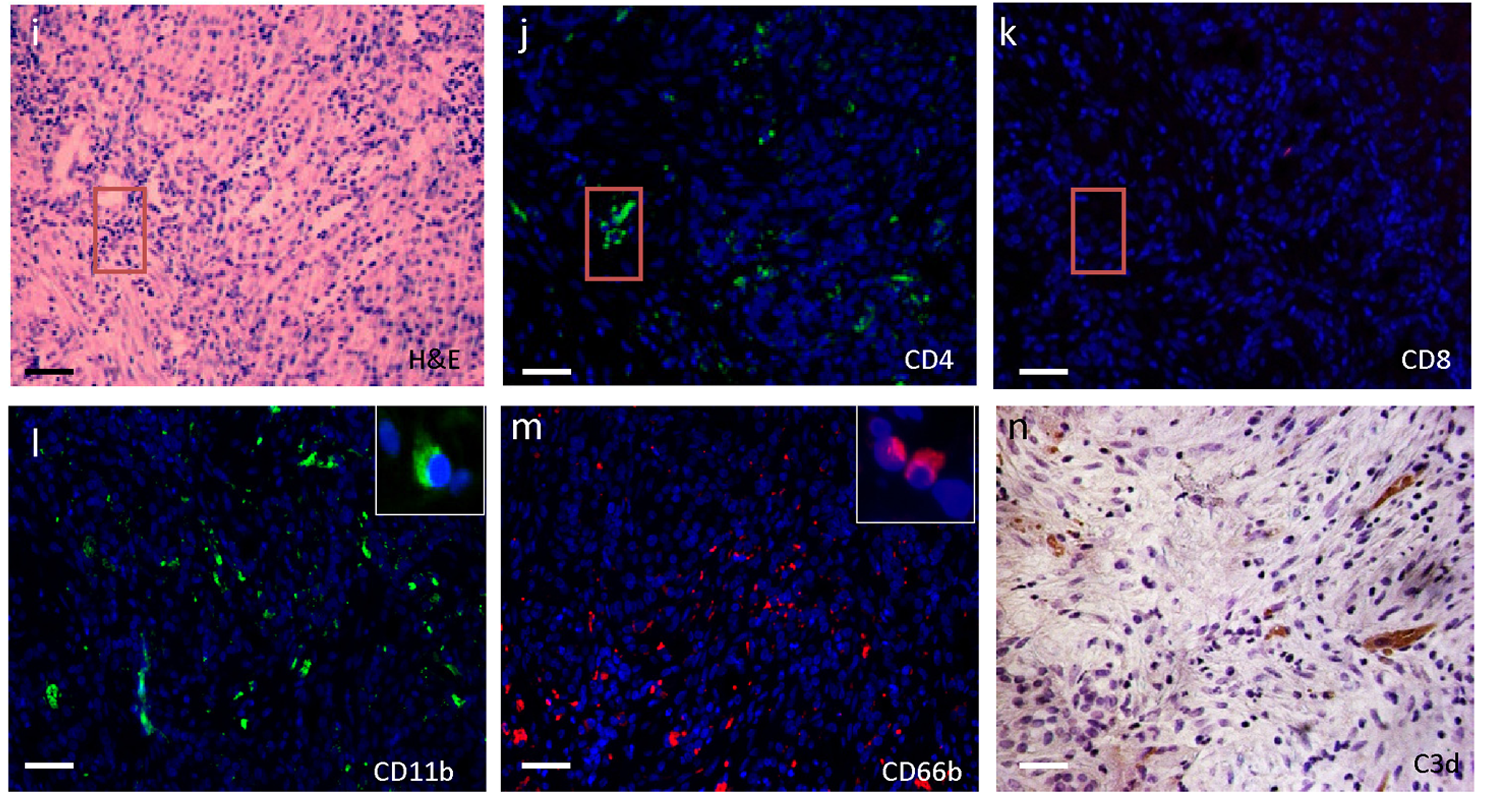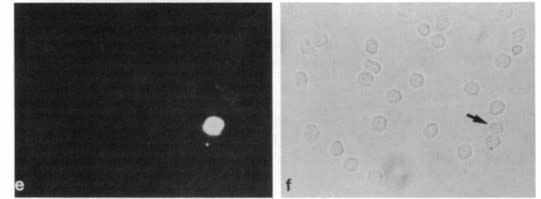Cat. #153474
KPC Cell Line (C57/BL6 genetic background)
Cat. #: 153474
Sub-type: Continuous
Unit size: 1x10^6 cells / vial
Availability: 3-4 weeks
Organism: Mouse
Disease: Cancer
Model: Transgenic, Immortalised
£575.00
This fee is applicable only for non-profit organisations. If you are a for-profit organisation or a researcher working on commercially-sponsored academic research, you will need to contact our licensing team for a commercial use license.
Contributor
Inventor: Jennifer Morton
Institute: Cancer Research UK, Glasgow Beatson Institute
Primary Citation: Hingorani et al. 2005. Cancer Cell. 7(5):469-83. PMID: 15894267
Tool Details
*FOR RESEARCH USE ONLY
- Name: KPC Cell Line (C57/BL6 genetic background)
- Alternate name: PDAC cell line
- Tool sub type: Continuous
- Organism: Mouse
- Gender: Male
- Disease: Cancer
- Growth properties: Loosely adherent
- Model: Transgenic, Immortalised
- Conditional: No
- Description: Established cell line is derived from a KPC mouse and represents a model of pancreatic ductal adenocarcinoma (PDA). The KPC mouse background: The KPC mouse is an established and clinically relevant model of PDA which develops many key features observed in human PDA including pancreatic intraepithelial neoplasia alongside a robust inflammatory reaction including exclusion of effector T cells. Metastases are observed in around 80% of KPC animals located primarily in the liver and lungs. Mutations in both KRAS and TP53genes are found in around 80% and 70% of all human PDAs respectively. Tumours present in KPC mice display many immune-histological markers of PDA as well as possessing complex genomic rearrangements a key sign of genomic instability. The co-morbidities, cachexia, jaundice and ascites, associated with human PDA are also observed in this model and most pancreatic tumours are resistant to chemotherapy. The KPC mouse contains a conditional point mutation in the transformation related protein 53 gene (TP53R172H), and a point mutation in the KRAS gene (KRASG12D) both of which generate non-functional proteins. A lox-stop-lox termination sequence is encoded upstream of both mutated genes to prevent expression in the absence of Cre recombinase. PDX1 (pancreatic and duodenal homeobox 1) is a transcription factor necessary for pancreatic development. The PDX1 promoter enables expression of Cre recombinase in acini, islet and duct cells of the pancreas. Cre-mediated recombination excises the two lox-stop-lox termination sequences and enables expression of both oncogenes: KRASG12D and TP53R172H in pancreatic tissue. Tissues not expressing Cre recombinase remain functionally heterozygous of the KRAS and TRP53 loci. The cell line retains mutations seen in the parental murine model and can be used for PDA modeling, biomarkers investigation, genetics and metastasis studies as well as drug discovery and development.
- Application: PDA modeling, biomarkers investigation, genetics and metastasis studies, drug discovery and development
- Production details: These cells are from the KPC mouse which has been backcrossed to F10 in C57/BL6. KPC Subtype: C57Bl6/J. Isolation of the cells: For each cell line, a 5mm diameter piece of tissue was harvested from solid PDAC arising in a C57BL/6 KPC mouse into DMEM. The tissue was chopped into a fine paste, resuspended in DMEM + L-Glut, Pen-Strep and 20% FBS, and plated out in a 25cm flask. The medium was changed after 2 days. Once confluent the cells were passaged as normal and grown in DMEM...
- Biosafety level: 1
Target Details
- Target: TP53, KRAS
Applications
- Application: PDA modeling, biomarkers investigation, genetics and metastasis studies, drug discovery and development
Handling
- Format: Frozen
- Growth medium: DMEM containing 10% foetal bovine serum and 2 mM l-glutamine
- Temperature: 37° C
- Atmosphere: CO2
- Unit size: 1x10^6 cells / vial
- Shipping conditions: Dry ice
- Storage conditions: Liquid Nitrogen
- Subculture routine: Cells are loosely adherent but will need trypsinising. DMEM containing 10% foetal bovine serum and 2 mM l-glutamine with 5% CO2 and air. A 1:2 split can be made every two days which is relatively standard. Incubated as standard
- Mycoplasma free: Yes
Related Tools
- Related tools: KPC Cell Line (mixed genetic background)
References
- Sebastiano et al. 2020. Sci. Adv. 6. PMID: 33127675
- Li et al. 2014. Gastroenterology. 146(5):1386-96.e1-17. PMID: 24462734
- Hingorani et al. 2005. Cancer Cell. 7(5):469-83. PMID: 15894267






